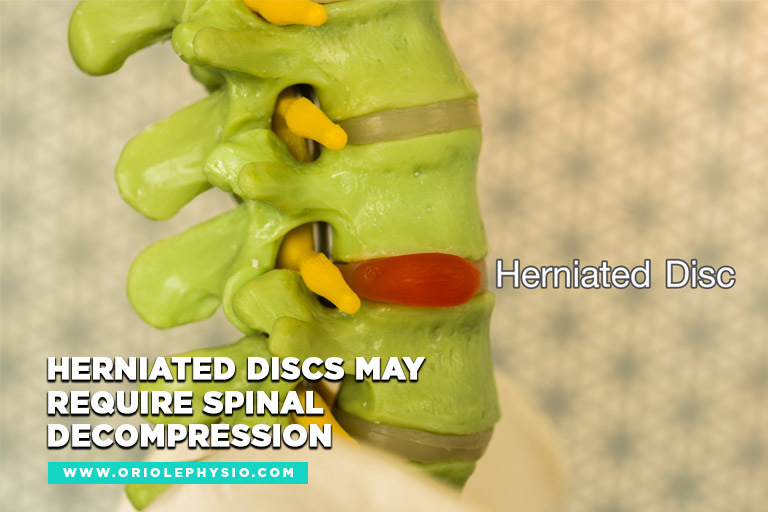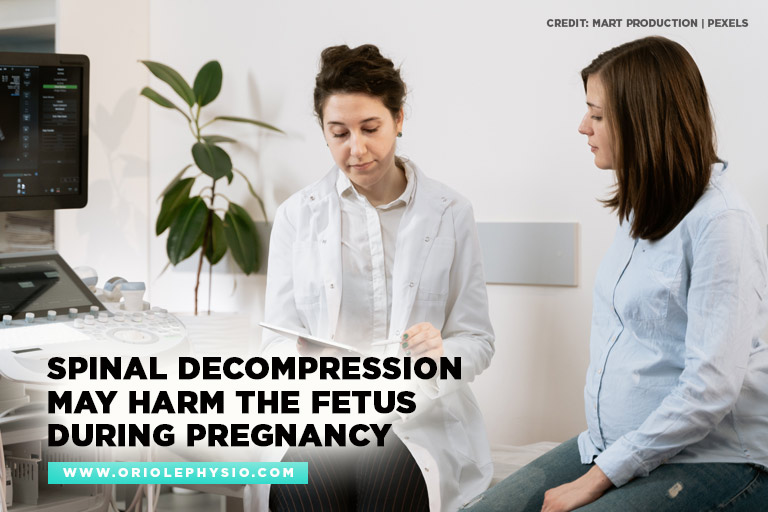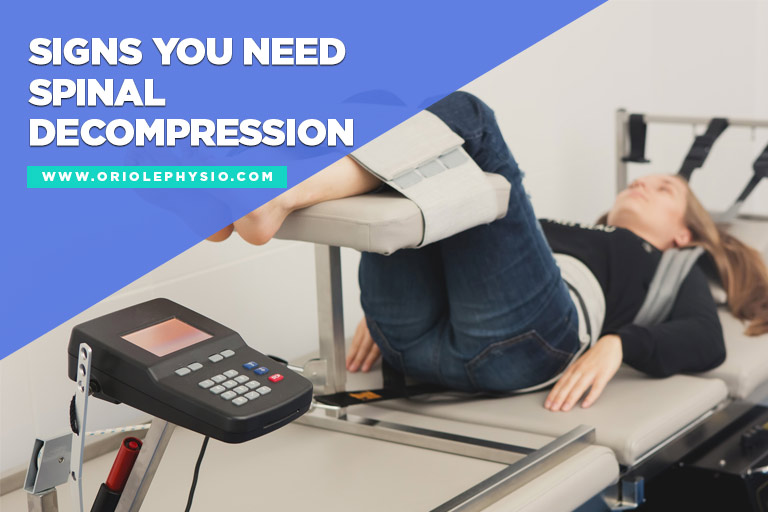Signs You Need Spinal Decompression
Back pain and other related symptoms can disrupt your life. If you are experiencing back pain, neck pain, or other spinal conditions, seeking advice from a qualified healthcare professional is essential. While there are many different causes of back pain, one potential solution that has gained popularity in recent years is spinal decompression.
Spinal decompression is a treatment option that can alleviate back pain caused by various issues, including herniated discs, bulging discs, sciatica, and more. How does spinal decompression work, and how do you know if spinal decompression is right for you?
Whether you’re dealing with chronic back pain or just looking to learn more about spinal health, this article will provide valuable information about spinal decompression in North York and whether it’s a suitable treatment option for your condition.
How Does Spinal Decompression Work?
Spinal decompression therapy is done through a computer-controlled machine. Patients lie on an electronic bed while controlled adjustable pressure is applied to certain areas of their spine. This process helps to reduce tension in those areas and creates space between vertebrae or damaged spinal discs to heal.
The therapist will gradually increase the amount of stretch during treatment. They may pair spinal decompression with massage or acupuncture/IMS sessions for maximum relief.
How long does spinal decompression last? Patients typically attend 10 to 12 sessions over the course of 6 weeks, and the sessions generally last 15 to 30 minutes.
Are You a Candidate for Spinal Decompression?

Any of the following signs may indicate that you are a candidate for spinal decompression:
- Chronic back pain
You may benefit from spinal decompression if you have been experiencing chronic back pain that has not improved with other non-invasive treatments, such as physical therapy, chiropractic care, or medication. A spinal decompression treatment stretches and decompresses your spine, reducing pain and pressure on your spinal cord. - Shooting pain in the legs or buttocks (sciatica)
In cases of sciatica, which commonly affects the legs or buttocks, spinal decompression may be helpful.
Spinal decompression helps to relieve pressure on the sciatic nerve and other nerves in the spine by stretching the spine and creating negative pressure within the discs.
Besides relieving pressure on the nerves, spinal decompression may also help reduce inflammation and improve circulation in the affected area. This can help to promote healing and reduce symptoms over time. - Herniated or bulging discs
Herniated or bulging discs can cause spinal cord or nerve pressure, resulting in chronic back pain. Spinal decompression aims to alleviate this pressure by stretching and decompressing the spine, which can help reduce pain and improve mobility. - Difficulty walking or standing for extended periods
Do you find it difficult to walk or stand for extended periods? Spinal decompression can help relieve pressure on your spinal cord or nerves. As a result, you’ll have improved mobility and reduced pain associated with walking or standing. - Decreased range of motion in the back or neck
Decreased range of motion can occur due to various conditions, including herniated discs, spinal stenosis, or degenerative disc disease. Spinal decompression can help promote healing and improve flexibility and range of motion. Spinal decompression may help reduce inflammation and improve blood flow, further supporting an improved range of motion. - Difficulty sleeping due to back pain
Back pain can make it difficult to get a good night’s sleep, resulting in other health problems. Therapists use spinal decompression to address the underlying cause of the pain, which may contribute to difficulty sleeping. - Degenerative disc disease
Degenerative disc disease occurs when the discs that cushion the vertebrae in the spine begin to break down over time, causing pain, stiffness, and reduced mobility. The negative pressure from spinal decompression therapy can help to draw in nutrients and fluids that can promote the healing and regeneration of damaged discs.
Additionally, spinal decompression can help to relieve pressure on the nerves that may be compressed by the degenerated discs, reducing pain and improving function. By addressing the underlying cause of the pain and dysfunction associated with degenerative disc disease, spinal decompression can help to enhance the quality of life. In addition, it can reduce the need for more invasive treatments like surgery.
- Failed back surgery
Failed back surgery syndrome (FBSS) is a condition characterized by persistent or recurring pain and other symptoms following one or more unsuccessful spinal surgeries. If you have had failed back surgery, spinal decompression may be recommended as a treatment option.
Spinal decompression can be helpful by treating the underlying factors contributing to pain and dysfunction, such as scar tissue formation or nerve compression. In some cases, spinal decompression may be combined with other treatments, such as physical therapy or chiropractic care, to help manage
symptoms and improve outcomes for individuals who have experienced failed back surgery.
A thorough evaluation by a qualified healthcare provider is necessary to determine whether spinal decompression is right for you.
If you are considering spinal decompression exercises or therapy, it is important to consult a healthcare professional first.
Who Should Not Undergo Spinal Decompression?

Spinal decompression is generally regarded as safe and well-tolerated. Certain people, however, may not be good candidates for this treatment. Some individuals who may not be good candidates for spinal decompression include:
- Pregnant women – Spinal decompression is generally not recommended for pregnant women because it involves applying traction or pulling forces to the spine, which can cause additional stress and strain on the ligaments and muscles of the lower back.
- Individuals with spinal instability – Spinal decompression involves applying traction or pulling forces to the spine to create negative pressure within the discs and relieve pressure on the nerves. However, this pulling force can cause additional stress on the spinal structures in individuals with spinal instability, leading to further damage and instability.
- Individuals with spinal implants – Those who have implants like spinal fusion hardware or artificial discs may not benefit from spinal decompression. Spinal decompression may be compromised by the presence of these implants by altering the normal anatomy of the spine.
- Individuals with osteoporosis – Spinal decompression may increase fracture risk in individuals with osteoporosis. Additionally, osteoporosis patients may also have other spinal abnormalities or deformities that decrease the effectiveness of spinal decompression.
If you are experiencing chronic back pain, consult a healthcare professional, like our therapists from Oriole Physiotherapy and Rehabilitation Centre, to determine if spinal decompression is the ideal treatment option. Our sympathetic therapists will evaluate your medical history and perform a physical examination to determine if spinal decompression is safe and appropriate for your needs.
We can also recommend the right sports rehab in North York when necessary. Book an appointment with our North York clinic today by calling 416-221-0772.



